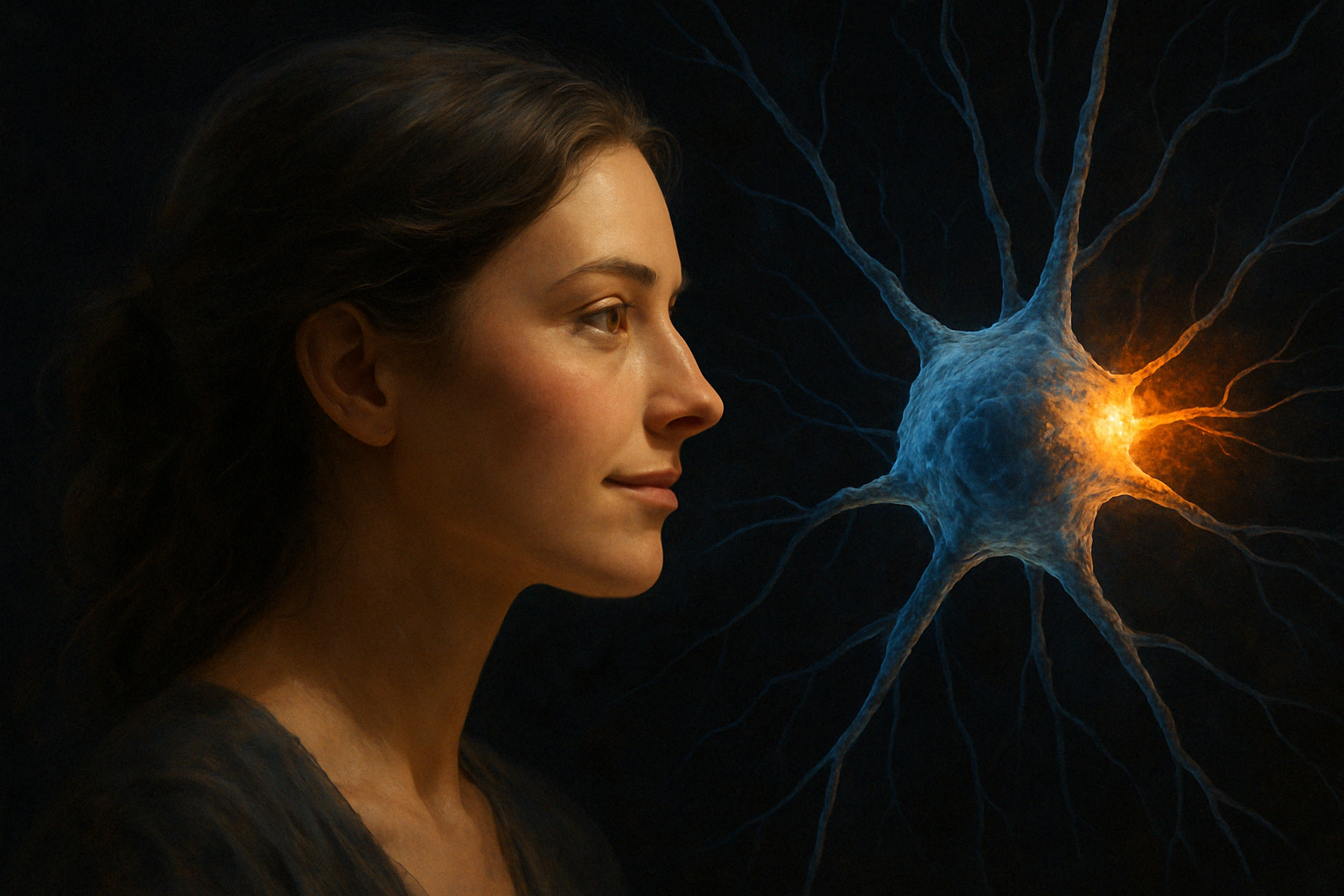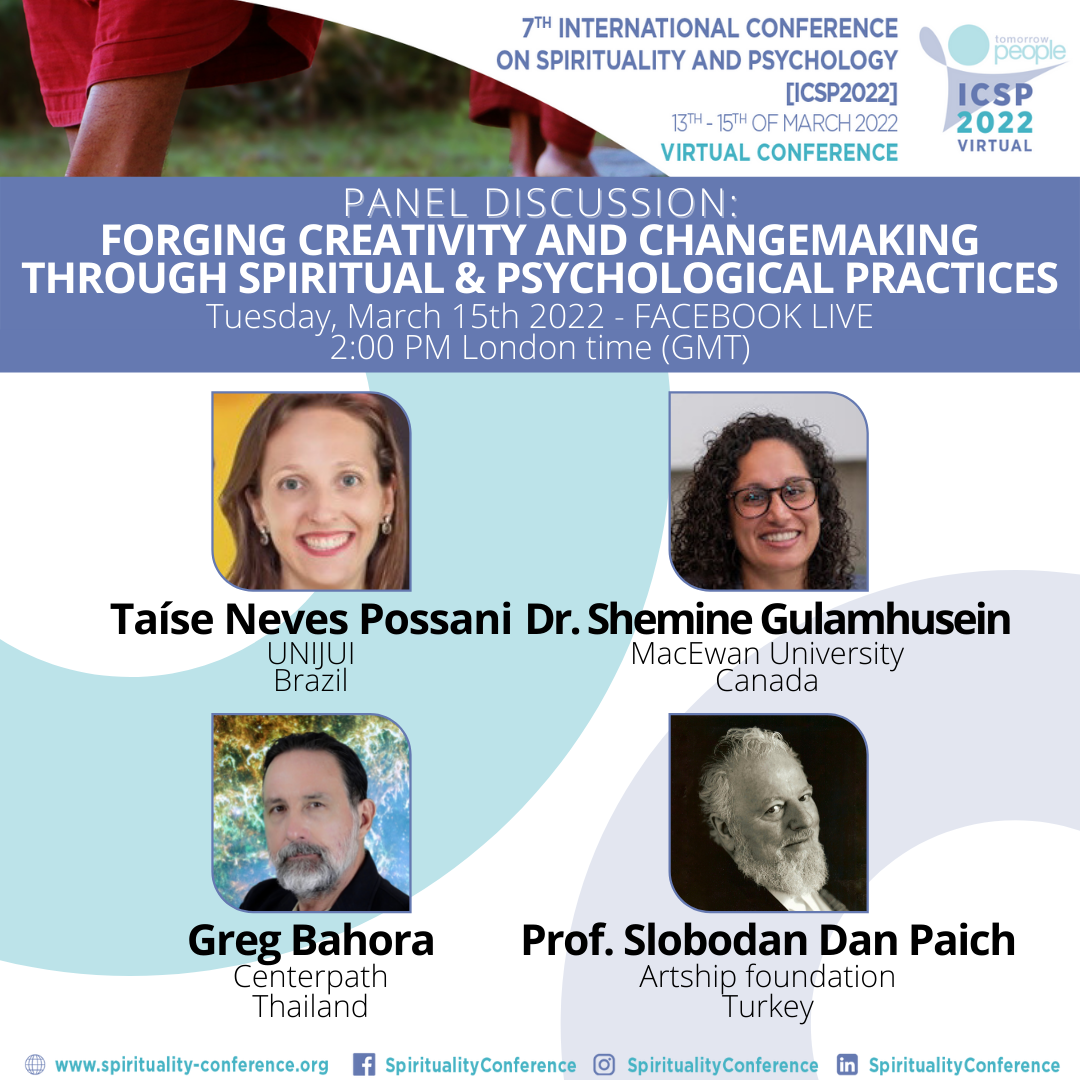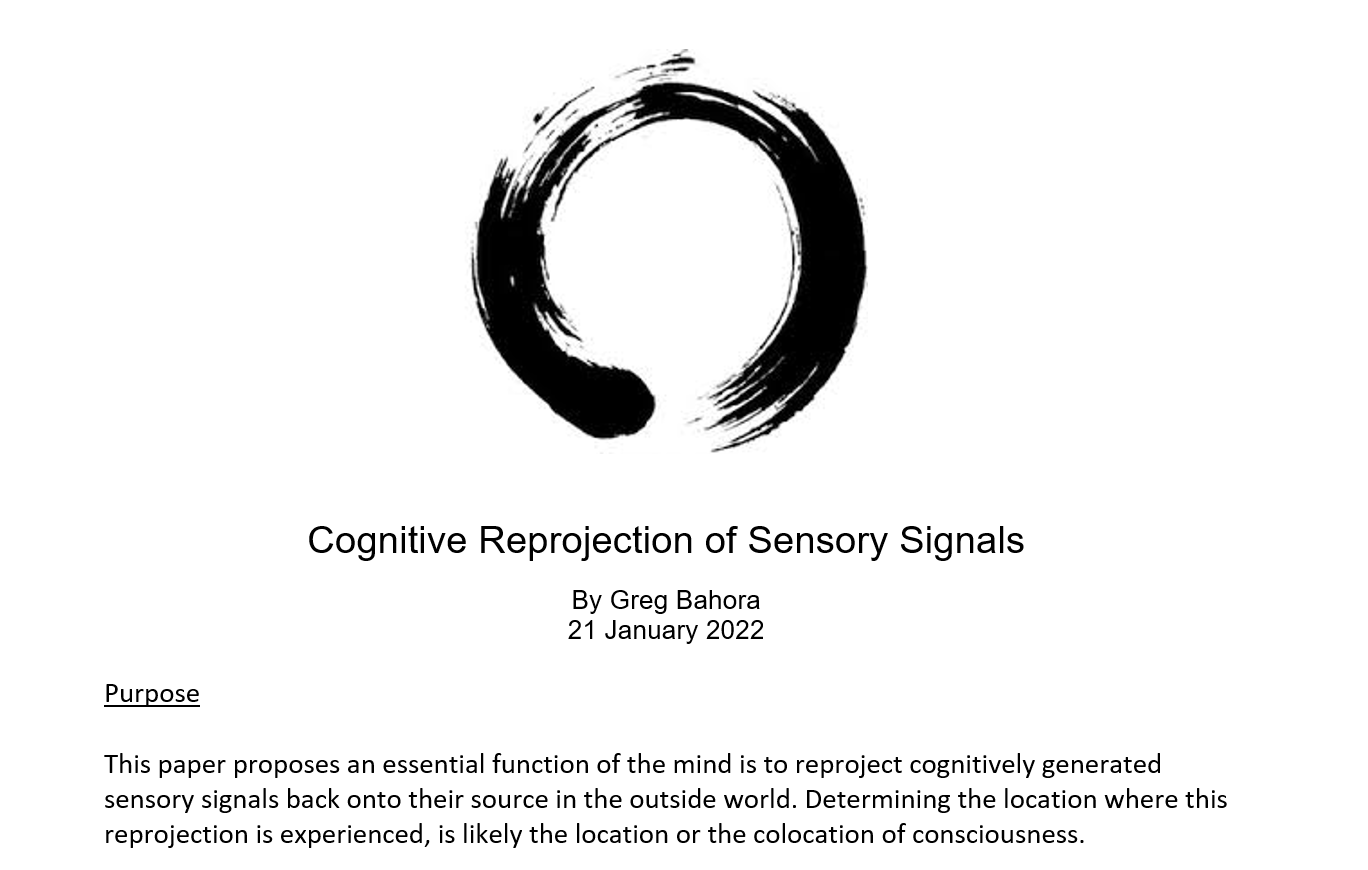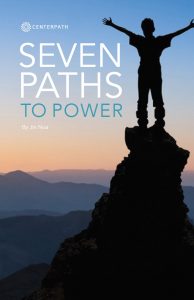
The Firing Synapse: Nature’s Guide to Female Choice
In the theater of courtship, who really makes the call? Evolutionary science, human behavior, and dating app data all point to one resounding answer: the woman. Like the final gatekeeper, she decides if the flirtation turns into a date, if the date becomes a relationship, or if it ends with a polite “thanks, but no thanks.”
And guess what?
This decisive moment mirrors one of the most fundamental acts in the universe—when a neuron fires.
⚡️ Synaptic Selectivity = Female Choice
Neuroscience teaches us that a neuron doesn’t just fire willy-nilly. It receives hundreds, sometimes thousands of inputs—some excitatory (“go for it!”) and others inhibitory (“abort mission!”). These inputs are collected and weighed by the neuron. Only when the combined signal reaches a precise threshold does the neuron generate an action potential—a jolt of electricity that leaps across the synapse and continues the message down the line. In essence, a decision is magde.
Now imagine the neuron is a woman on a first date.
She’s hearing it all:
“Nice suit” (excitatory)
“Bad joke” (inhibitory)
“Great smile” (excitatory)
“Name-dropped his crypto portfolio again” (double inhibitory)
Her system is summing it up, consciously and subconsciously. And only if the total signal crosses her threshold of attraction, trust, and interest, does she make the next move—accept another drink, agree to meet again, or take things to the next level.
Nature is Built on Filters, Not Free-for-Alls
A synapse is not a freeway—it’s a checkpoint. Just as neurons protect the brain from overstimulation and chaos by choosing what signal gets passed, women (and choosier mates in many species) safeguard their genetic and emotional investment by filtering who gets through.
This isn’t gatekeeping. It’s biological intelligence. It’s system design. The same natural logic that built our minds built our mating systems.
From Synapses to Swipes
It’s no accident that dating apps show women swipe right far less often than men. They’re performing a neural-like function—filtering noise, looking for signal strength, calculating thresholds. Every swipe is like a neuron summing inputs, deciding if the connection deserves an electric jolt.
Because whether it’s a synapse deciding to fire or a woman deciding to lean in—not every signal deserves a response.
Without Prejudice (i.e. this post is an idea that emerged on a walk one day that I found intriguing and that helps demonstrate the connectivity between different layers of being). It is not intended to be an absolute nor criticize either gender, it is in fact a celebration of being and our experience of it.



